
|
 |
Attractions Management Handbook - Exploring The Exploratorium

Features

|
|
| Exploring The Exploratorium
|

San Francisco’s Exploratorium combines entertainment and education via its dynamic art and science installations. Brent Bushnell tells us about his life-long fascination with and appreciation of this iconic museum
Brent Bushnell, Two Bit Circus
|

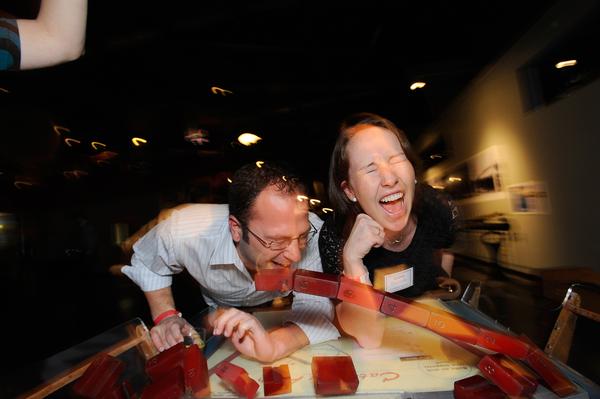
Brent Bushnell “It’s an exciting time to be a curious human.”
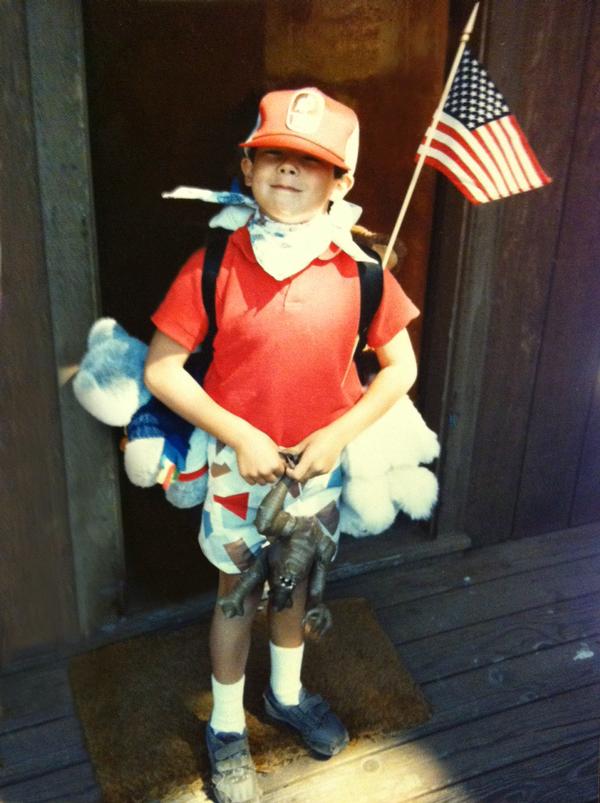
The Exploratorium added fuel to my geek fire


San Francisco’s Exploratorium
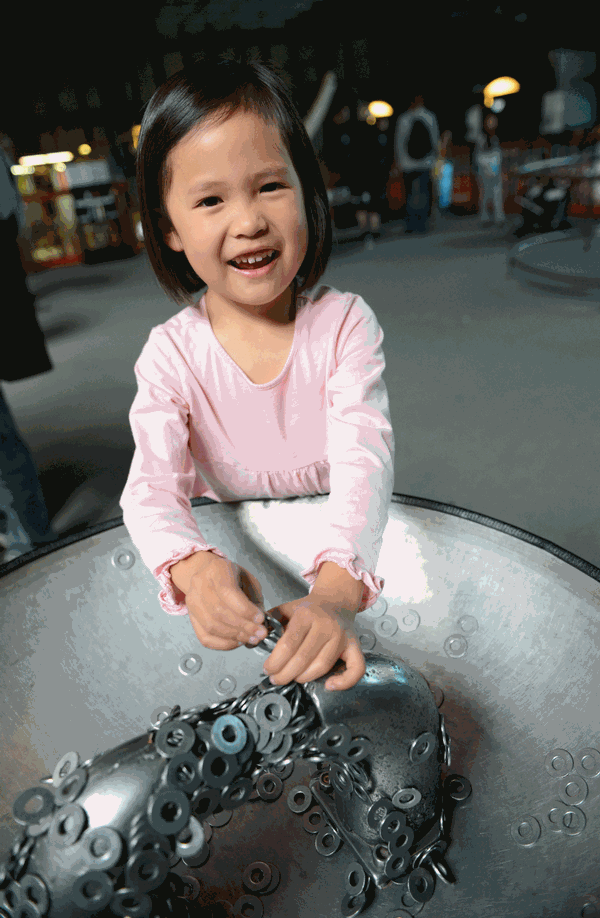
San Francisco’s Exploratorium
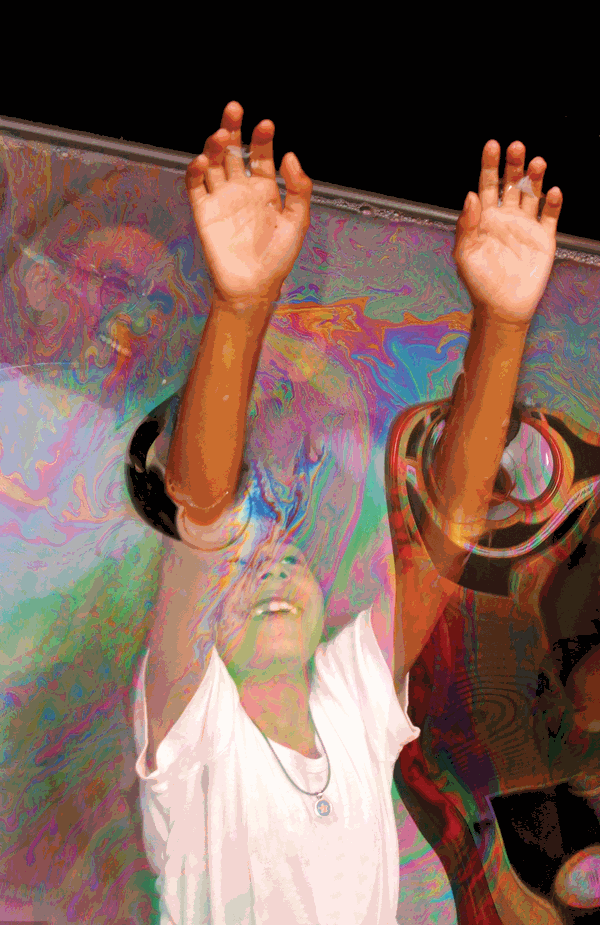
San Francisco’s Exploratorium

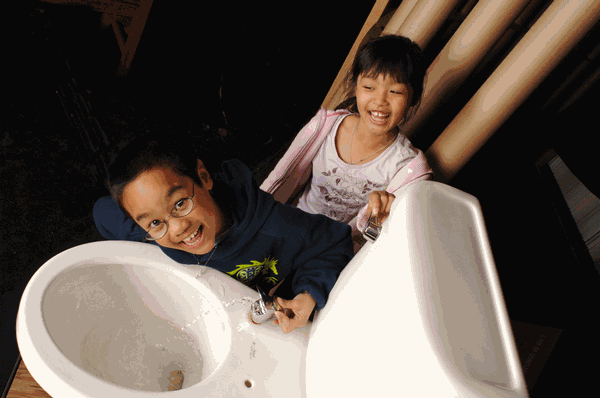
San Francisco’s Exploratorium

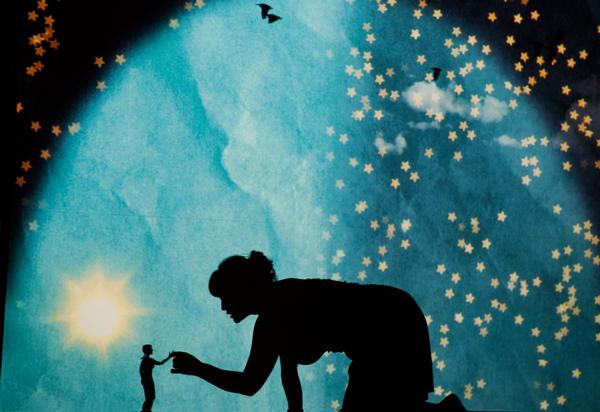
Exploring The Exploratorium

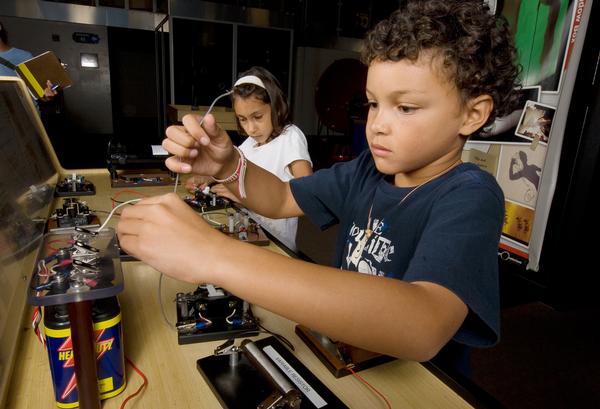
Exploring The Exploratorium

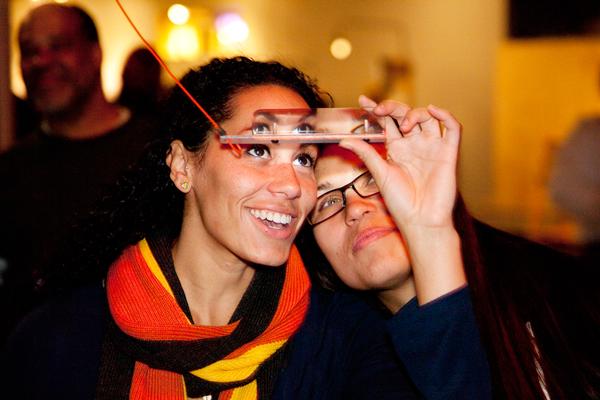
Exploring The Exploratorium

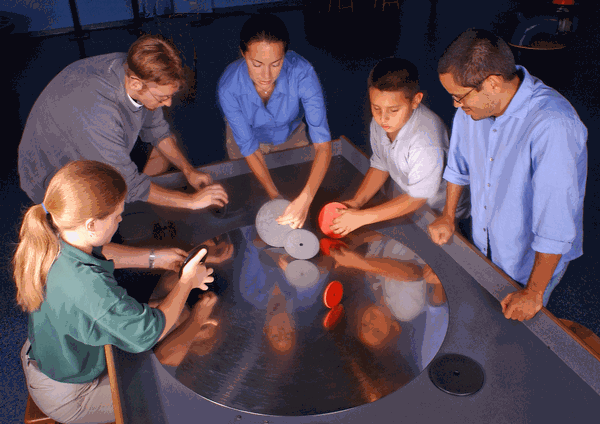
Exploring The Exploratorium
|
|
|
Born in Silicon Valley in 1978 to an electrical engineering nerd father, I grew up surrounded by the amusement industry. It was no surprise that he sat me down at the Mosaic web browser and said, “Here Brent, this is the Internet, play around.” I had no idea what I was looking at, and as there were less than 100 computers on the Internet at the time, there was comparatively little to play with. But the seeds of change were taking root. People were actively exploring the creative, entertaining and powerful solutions that evolved from computers. Early Memories
A few miles north, the Exploratorium was a veritable icon of play and science and we would visit the cavernous warehouse religiously. Not to be confused with museums – quiet, stuffy places with ‘no touching’ – the Exploratorium was noisy and required user interaction to make the magic happen. In a playful way, the curators revealed the awe-inspiring magic and accessibility of science to all children. For those without tinkering fathers like mine, here was a venue that could get them started. For me, it added fuel to my geek fire. In the same way that early computer and Internet pioneers explored to better lives, the creators of the Exploratorium explored how to better education. I don’t know of any operation that has so elegantly combined entertainment and education. From STEM to STEAM
It’s the graceful combination of entertainment and education that attracts me to the recent addition of art to STEM (science, technology, engineering and maths). There’s been a lot of talk in the education community these past few years about the need for more students to be trained in STEM. My challenge with STEM is that for the uninitiated, the hard sciences are intimidating. If a child is not already exhibiting at a science fair or exposed to technology by their friends and family, it’s a fairly impenetrable set of disciplines. So, how best can we expose a young learner to some early successes and avoid discouraging them? Add art to create STEAM and different pathways appear! Anyone can make art, and if a student is involved in making art in STEAM-based projects, they’re exposed to the other four disciplines in a less intimidating fashion. They’re already at the table and around the tools, so there’s less of a threat to test the waters. Art projects that use desktop manufacturing tools are still art, but the user might now have a reason to learn a vector art program so they can incorporate products from a laser cutter. While Minecraft is a game, it’s also a powerful authoring environment that enables art and design, as well as programming. Project-Based Learning
The Exploratorium is great at focusing on projects. Each installation is its own real world application of whatever real-life principle the creator wanted to convey. Better yet, many of the big installations have smaller home versions that guests can even take home to build their own version. I remember the small plastic element that enabled us to marry two-litre soda bottles to create our version of the tornado exhibit. We added food colouring to the liquid and stuffed toys inside. The fact we could see it at the Exploratorium and then make it at home was awesome. Moving Forward
I’m thrilled that almost two decades on, technology and project-based learning have finally taken root and are making huge headways toward reforming education. Technology has overpromised and underdelivered to education for far too long, but the perfect storm is now upon us. Project-based approaches to education are cropping up everywhere. It’s an exciting time to be a curious human.
|
|
Brent Bushnell is the chief executive of Two Bit Circus -a think tank and talent magnet which builds products at the crossroads of amusement and education.
http://twobitcircus.com
|
|

|
Linda Dackman, Public information director, Exploratorium

Question everything, learn by doing, and show, don’t tell is the philosophy at The Exploratorium, which reopened last year at a new site, three times its original size

What is The Exploratorium?
The Exploratorium, an internationally celebrated museum based in San Francisco, is considered the prototype for participatory museums worldwide. Its original home closed in January 2013, and the museum reopened four months later at its new home on Pier 15, the Embarcadero.
What is its aim?
At The Exploratorium, the goal is to change the way the world learns. By combining science, art and perception, we’ve created active, personal explorations of our natural, social and digital worlds. Our philosophy is inquiry-based and experiential: question everything. Learn by doing. Show, don’t tell. And the best answer is often another question. By sharing this philosophy and our programmes with museums and schools the world over, it’s produced some of the world’s most innovative exhibits, as well as generations of critical thinkers.
Why was a new site opened?
Principally, we ran out of space to do our work. The new location places The Exploratorium at the heart of the San Francisco waterfront, at the gateway to the city and at the nexus of public transit, radically improving educational access to all. Previously, two out of three teachers had to be turned away from our nationally recognised Teacher Institute – considered one of the premier professional training opportunities for K-12 science and maths teachers in the Bay Area and beyond. The new site at Pier 15 is triple the size, meaning there’s room for three times the number of teachers who come to learn.
Where’s the content sourced?
The Exploratorium creates all its own exhibits and exports them through Exploratorium Global Studios – an entrepreneurial endeavour that vastly expands our impact, advancing our mission to change the way the world learns. It shares creative capital, expertise, programmes and exhibits in innovative ways tailored to the specific needs of a project, organisation or government around the world.
From Attractions Management Issue 2 2013
Read this, and all our editions at: www.attractionsmanagement.com/archive
| |
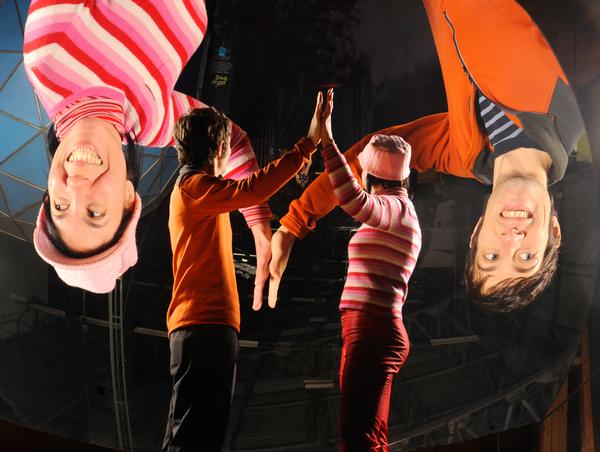

|
| Visitors are invited to think with their hands with exhibits such as the giant mirror |
| |
| |
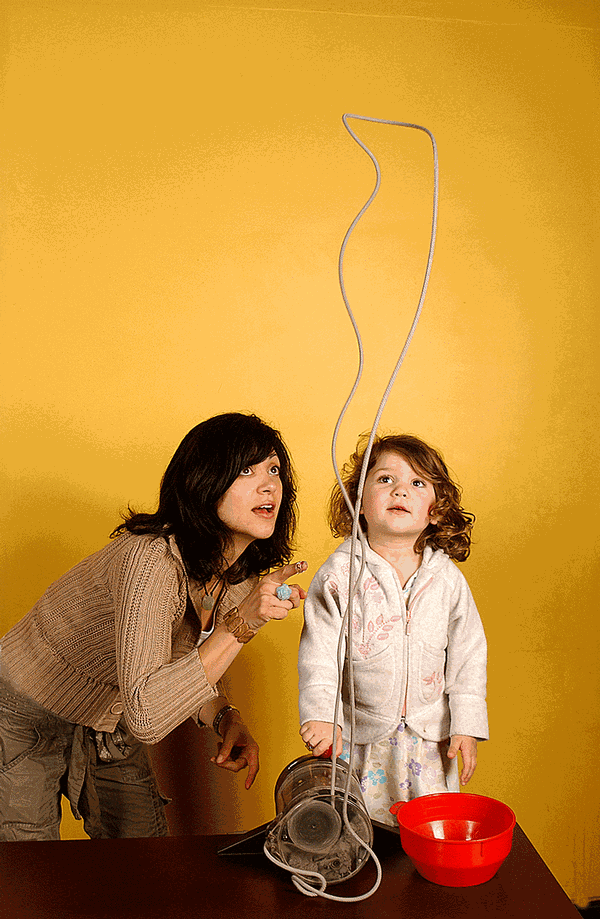

|
| The Exploratorium’s fun exhibits include a string squirter |
| |
| |
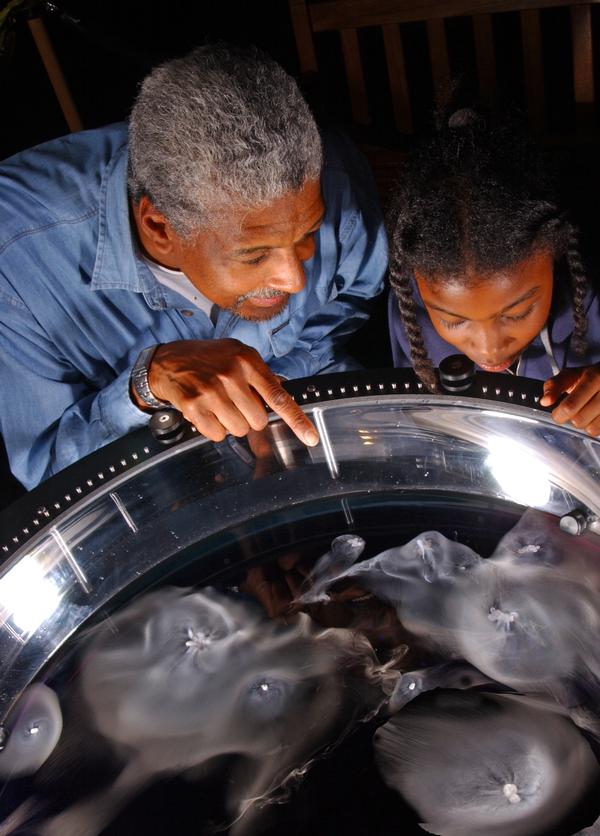

|
| The Exploratorium’s fun exhibits include icy bodies |
| |
| |
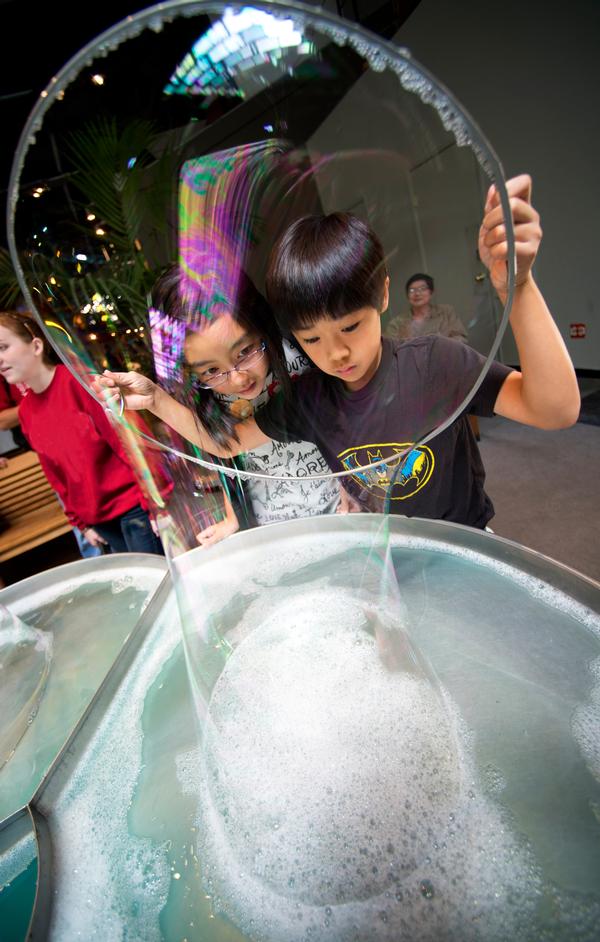

|
| The Exploratorium’s fun exhibits include bubble hoops |
| |
|

|
Marc L’Italien, EHDD Principal

The Exploratorium has relaunched in its new home, with the aim of being the largest net zero energy museum in the USA

How did you get involved with the Exploratorium?
My first run in with The Exploratorium was as a young architect in 1991 when they sponsored a design charrette with three teams made up of artists, landscape architects and architects. I was on a team with Joseph Esherick, the founder of my firm, and landscape architect George Hargreaves among others.
Why did the museum move?
I don’t think founder Frank Oppenheimer ever saw the Palace of Fine Arts as a permanent home. They had long since outgrown their space and could no longer adequately serve visitors or train teachers who teach science in elementary schools.
Can you describe the design?
The new home is the renovation of an ageing pier, where architecture, art, science and site converge. It elevates the museum’s mission as both a destination for experiential exhibits and a research and development facility that creates innovative ways to teach and learn. Visibility, public access and flexibility drove the planning and design. The new site brings to life a previously dormant stretch of the historic Embarcadero waterfront – the city’s front porch. The new campus uses Bay water as a basis for many new outdoor exhibits.
How about sustainability?
We designed a building that incorporates many energy-efficient elements aimed at producing all its energy needs on site. The 1.3-megawatt photovoltaic array on the roof is equivalent to powering 1,000 average US homes over the course of a year. Bay water is brought in and run through a heat exchanger to affect the temperature of a separate closed freshwater loop running through the floor. This second loop contains 40 miles of plastic pipe moving over 73,000 gallons per hour to change the temperature of the space. Fewer overhead ducts were required as a result. All new windows use high-performance triple element glazing to better insulate the building and admit copious amounts of natural light, further reducing reliance on electricity, while 16 per cent of roof run-off is captured in cisterns and sterilised before flushing toilets. What isn’t stored is filtered and returned to the bay.
What was the state of the original pier structure?
The pier’s substructure was heavily damaged in the 1989 Loma Prieta earthquake. Our design combined repairs to existing pilings with the insertion of new mega piles at the four corners, connected by a new structural slab poured over the existing floor to knit it together, creating a stiff platform to withstand major tremors. This allowed us to repair just over a third of the existing 15,000 piles. A 1950s service lot built to conjoin the piers was removed to create the new plaza. Pilings were left to mark tide movement and serve as anchorage for temporary exhibits. The structure is painted a uniform colour to maximise light reflectance, minimise glare and allow it to recede from view. Structure is celebrated but never steals the show.
From Attractions Management Issue 3 2013
Read this, and all of our back issues at: www.attractionsmanagement.com/archive
| |
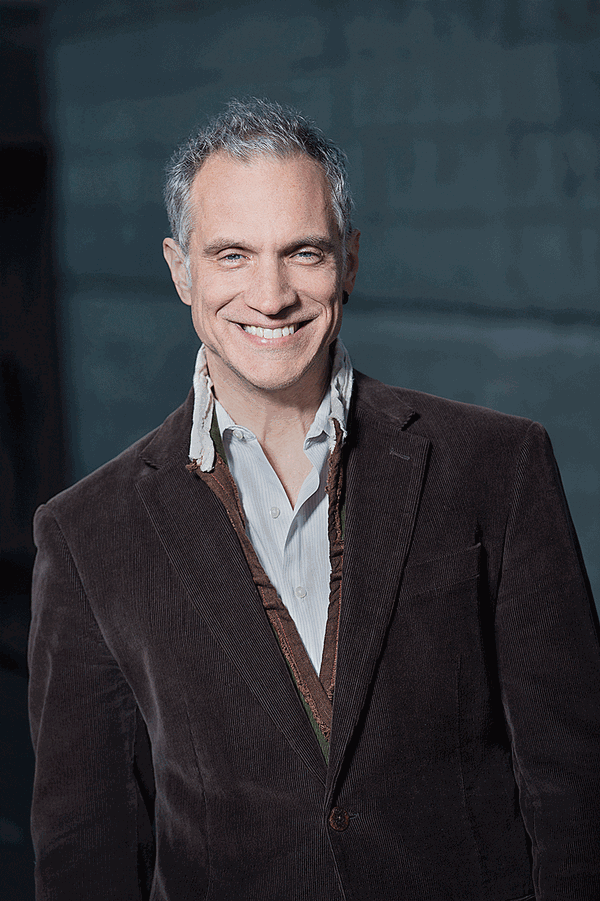

|

Marc L’Italien, EHDD principal |
| |
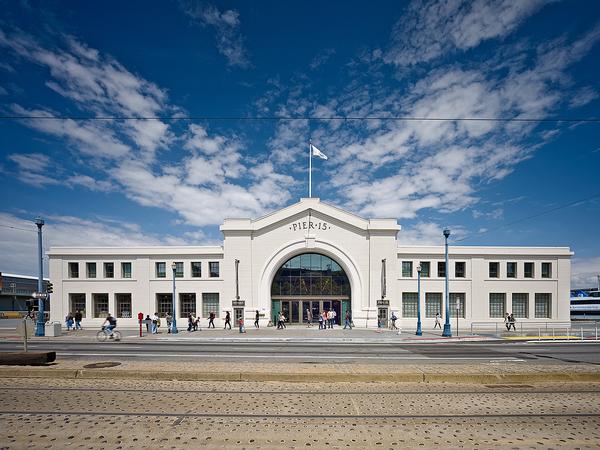

|
| The renovated pier was once occupied by the San Francisco Port of Embarkation |
| |
| |


|
| The Living Systems gallery frames the view of the Bay as the exhibits investigate the world it looks out on |
| |
|
 |
| Originally published in Attractions Handbook 2014 edition
|
|
 |
|
|
|
